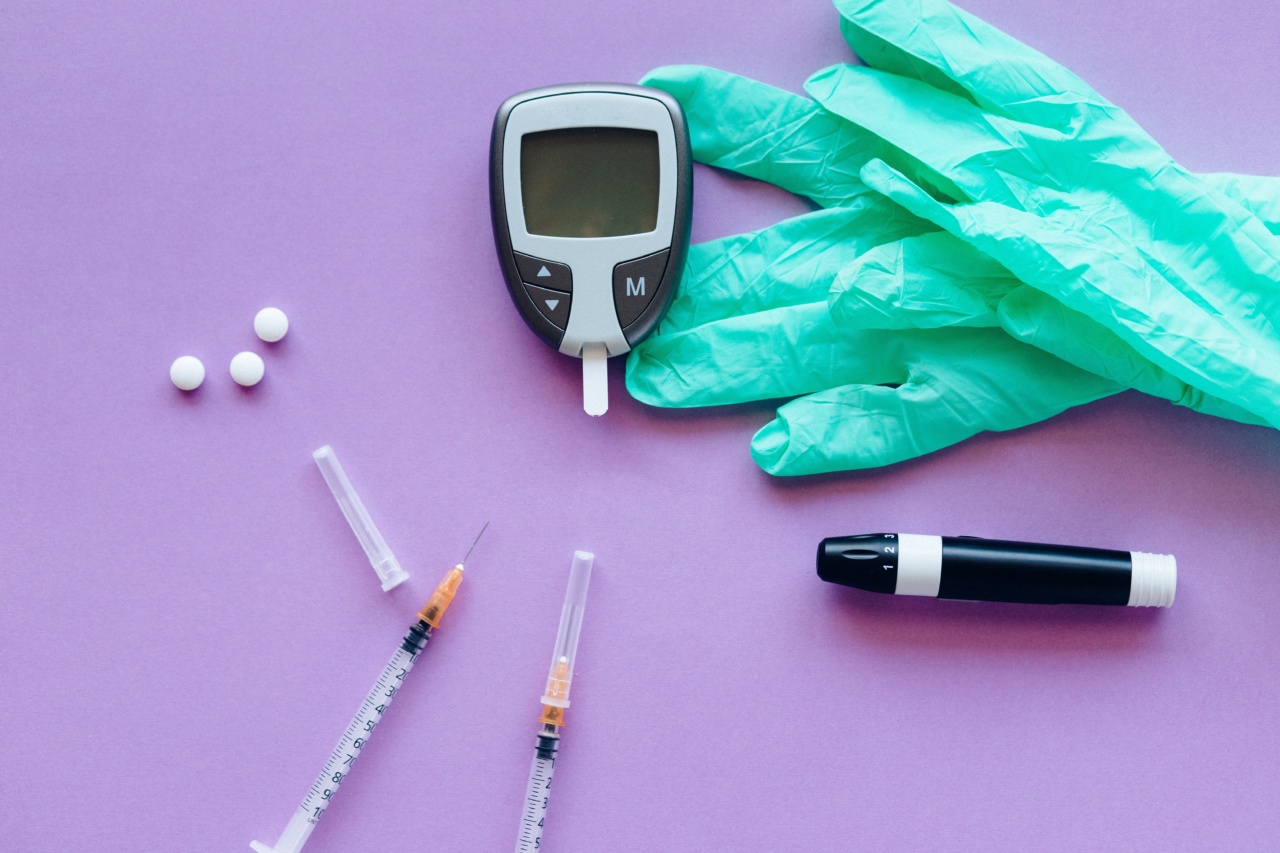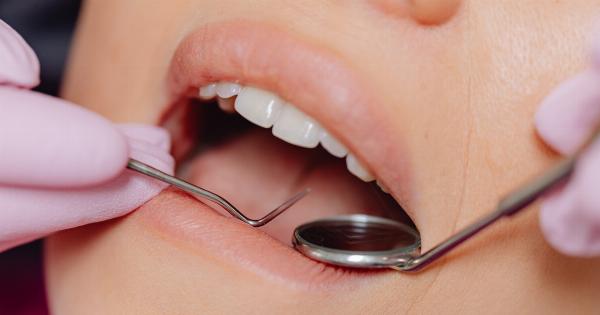Medical innovation has taken a giant leap forward with Inter-Balkan, a leading medical device company, making history by introducing a revolutionary biodegradable stent.
This groundbreaking development holds immense potential to transform the treatment landscape for patients suffering from cardiovascular diseases.
The Need for Biodegradable Stents
Traditional stents have been widely used in the treatment of narrowed or blocked blood vessels by propping them open and restoring blood flow. However, conventional stents are typically made of metal and remain inside the body indefinitely.
This can lead to long-term complications such as stent thrombosis, in-stent restenosis, and restricted vessel movement.
Recognizing the drawbacks of permanent stents, researchers and medical device companies have been dedicated to finding an alternative solution that offers effective treatment while minimizing long-term risks.
Inter-Balkan’s biodegradable stent presents a game-changing approach to addressing these challenges.
The Breakthrough Technology behind Inter-Balkan’s Biodegradable Stent
Inter-Balkan’s biodegradable stent is composed of a unique material that gradually dissolves over time.
The concept of a biodegradable stent is not entirely new; however, Inter-Balkan’s innovation lies in the exceptional properties of the material used in their stents.
The stent is made from a biocompatible polymer that is not only strong and flexible but is also capable of slowly breaking down within the body.
This allows the stent to provide necessary support during the critical healing and remodeling phases while avoiding long-term complications associated with permanent stents. As the stent bioresorbs, it is eventually replaced by natural tissue.
The Promise of Improved Patient Outcomes
Inter-Balkan’s biodegradable stent holds great promise for improving patient outcomes in several ways:.
1. Reduced Long-Term Complications
With the gradual dissolving of the stent, the risks of stent thrombosis, in-stent restenosis, and restricted vessel movement are significantly reduced.
This allows patients to experience better long-term results and minimized need for further interventions.
2. Restoration of Vessel Flexibility
Unlike metal stents that remain rigid within the blood vessels, the biodegradable stent’s gradual breakdown restores the natural flexibility of the vessels, enabling better adaptation to physiological changes.
This improved flexibility may contribute to superior long-term vessel health.
3. Enhanced Healing and Remodeling
Inter-Balkan’s biodegradable stent supports the healing and remodeling process by providing temporary scaffolding.
During the critical period of vessel repair, the stent promotes proper tissue growth and ensures adequate support without the long-term presence of a foreign object.
4. Customized Treatment Duration
Due to the ability of the stent to gradually dissolve, physicians have greater flexibility in determining the appropriate duration of treatment.
Depending on the patient’s specific condition and needs, the stent can be tailored to dissolve within a desired timeframe.
The Future of Stent Technology
Inter-Balkan’s innovative biodegradable stent has paved the way for the future of stent technology.
It represents a significant step forward in addressing the limitations of traditional stents and offers substantial advantages to patients in need of vascular interventions.
The introduction of biodegradable stents opens doors for ongoing research and development in the field.
Future improvements may include incorporating drug-eluting properties into biodegradable stents, further enhancing their effectiveness and reducing the risk of complications.
Conclusion
Inter-Balkan’s revolutionary biodegradable stent marks a remarkable milestone in medical history.
By providing a viable alternative to traditional stents, this innovation has the potential to revolutionize cardiovascular treatment and enhance patient outcomes. The biodegradable stent’s ability to gradually dissolve while providing necessary support sets a new standard in stent technology.
























